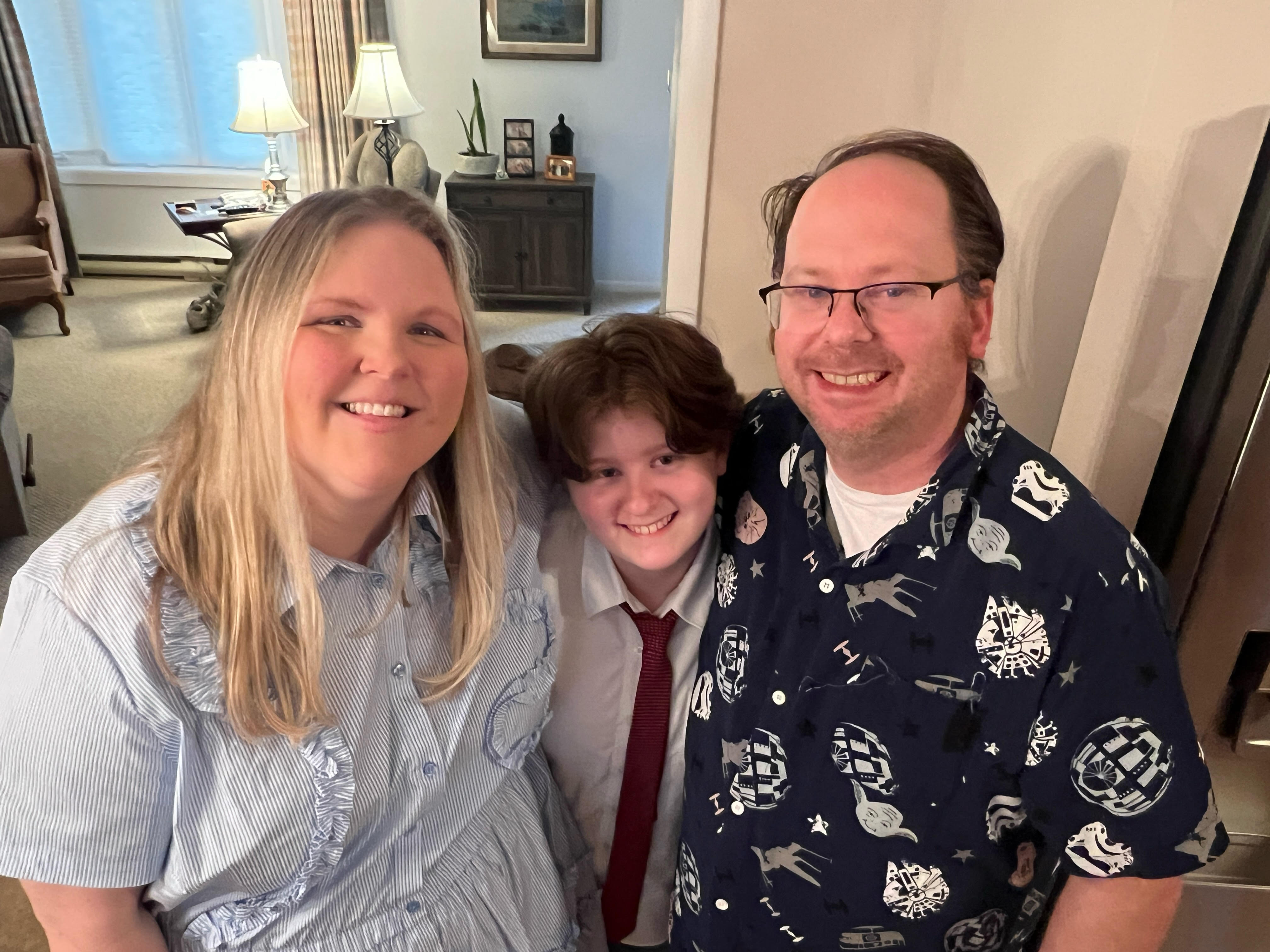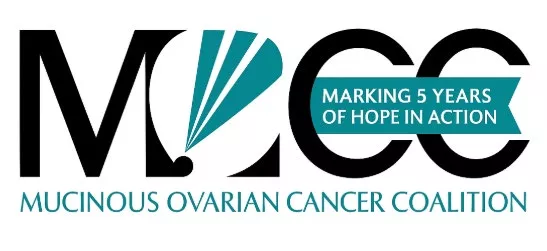Learn About This Disease From Survivor
Sarah Lovell
My name is Sarah and I am a mucinous ovarian cancer
survivor.
My symptoms started in March 2020, just after my 39th
birthday. I had been having some abdominal pain and a feeling of fullness. I
noticed that my stomach looked more distended. But I attributed it to getting
older and not watching my weight. I developed a need to urinate frequently, but
I am a teacher and bathroom breaks are a luxury. So, I ignored it. Then I started
feeling weak doing everyday tasks.
The Diagnosis and Journey
I continued to ignore all these warning signs, thinking
they probably weren’t anything serious, until one night I woke up in terrible
pain. I hobbled out of bed and called for my husband. I knew something was
terribly wrong and I needed to go to the ER. But because we had a young
child at home, I decided to wait until morning.
When I got to the hospital the next day, the doctors ran tests,
and an MRI revealed a large mass, the size of a watermelon! I was referred to
Dr. Dwight Im, a gynecologic oncologist at Mercy Medical Center in Baltimore. He
said the mass needed to come out as soon as possible. Time was of the essence
because the COVID-19 lockdowns were beginning and surgeries were starting to be
limited.
Thankfully, Dr. Im advocated for me and the hospital
approved my hysterectomy. My appendix, omentum, and lymph nodes were removed. I
was left with an 8″ incision. After the surgery, I learned that the tumor had spilled
both before and during the procedure. Because of this, it was recommended that I
complete chemotherapy to “mop up” any cancer cells that might have escaped.
A week later, I received the pathology report showing that
I had stage 1C2 mucinous ovarian cancer. After about a month of recovery, I
had a colonoscopy, just to make sure there was no sign of cancer in the GI
tract. The next step was to meet with a medical oncologist, who worked in
tandem with my GYN oncologist. I was given the option of doing the regular
ovarian cancer chemo protocol of carboplatin and paclitaxel or trying FOLFOX,
which is used to treat patients with gastrointestinal cancers. Because of the COVID-19
pandemic, it was difficult to get a second opinion. It was a tough decision to
make, but I ended up going with carboplatin and paclitaxel.
I had a port-a-cath implanted in my collarbone area to help
deliver the chemo. The first chemo session was very scary, as I had an
allergic reaction to paclitaxel. For subsequent chemo sessions, this was
managed with premedications, including prednisone and Benadryl, and I completed
six sessions between May 2020 and August 2020.
I’d like to share with women undergoing treatment that I really
benefited from taking Ativan for anxiety and depression during this time. I was
fearful of doing so, but it really did help. With my doctor’s permission, I also
went to an acupuncturist to help with my neuropathy, and it seemed to be
effective. It’s been five years since my chemo, and I do not have any lasting
side effects from the neuropathy.
A Survivor’s Perspective
There are differing opinions on how much should be removed
during the initial surgery. I believe women should be aggressive in fighting
the cancer and ask for as much of their female reproductive system to be
removed as possible. I would also advocate for patients to seek treatment from
a GYN oncologist. They are the specialists. And it is very important to find treating
physicians who understand your philosophy for care.
If your GYN oncologist doesn’t have experience treating
this rare form of ovarian cancer, I urge patients to try to get a second
opinion. For my peace of mind, once the COVID-19 restrictions were lifted, I sought
a second opinion from Dr. Amanda Fader at the Johns Hopkins Hospital. She
confirmed that the choices I made were appropriate and there was nothing I
could have done differently.
Navigating Survivorship
Five years later, I am doing very well. After chemo, I went
back to work and resumed teaching fourth grade. I initially visited my
oncologist every three months and then tapered down to every six months. I have
CT scans every year. My iron levels haven’t recovered, and I still struggle
with anxiety. But I try to live my life as normally as possible.
Oddly enough, I feel blessed that my tumor was so large. Otherwise,
it might not have been detected in time. I encourage women to closely monitor
their body and the signs it could be giving them that something is wrong. It’s
important to be your own advocate and not let anyone make you feel as if you
are overreacting to vague symptoms.
I hope that my story can give encouragement to someone who
is newly diagnosed.




